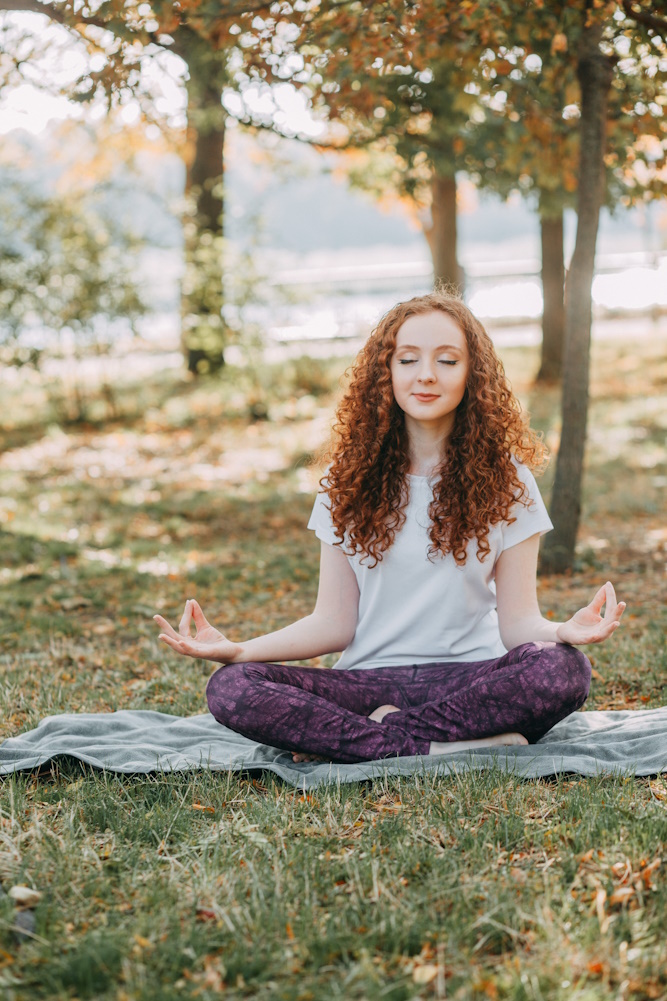The choice between Pilates and yoga depends on your individual goals, preferences, and physical condition. Both disciplines offer unique benefits and can complement each other when integrated into a well-rounded fitness routine. Here’s a comparison to help you determine which might be better for you:
Pilates:
· Focus: Pilates is primarily a system of exercises that target core strength, flexibility, and overall body conditioning. It emphasizes precise and controlled movements, often using specialized equipment like the Reformer or Cadillac.
· Strength: Pilates is excellent for building core strength and enhancing muscular endurance. It helps improve posture, balance, and coordination.
· Mental Aspect: While Pilates incorporates mindfulness and breathing, its primary focus is on physical fitness. The mind-body connection in Pilates is more aligned with body awareness during movement.
· Cardiovascular: Pilates is not a high-intensity cardiovascular exercise. While it can elevate heart rate during some sessions, it’s not a primary choice for cardiovascular conditioning.
Yoga:
· Focus: Yoga encompasses a wide range of practices, including physical postures (asanas), breathing exercises (pranayama), meditation, and mindfulness. It aims to promote physical, mental, and spiritual well-being.
· Strength: While yoga enhances strength, it may not target core strength as comprehensively as Pilates. Different yoga styles can provide varying levels of physical challenge.
· Mental Aspect: Yoga places a strong emphasis on mindfulness and meditation. The mind-body connection in yoga is often centered around relaxation, stress reduction, and spiritual awareness.
· Cardiovascular: Some yoga styles, such as Ashtanga or Vinyasa, can provide a good cardiovascular workout. However, many yoga practices are more gentle in nature.
In summary, if your primary goal is to build core strength, enhance muscular endurance, and improve body conditioning, Pilates might be the better choice. If you’re looking for a holistic practice that combines physical exercise, mindfulness, and spiritual aspects, yoga may be a more suitable option. Ultimately, the “better” choice depends on your personal preferences and fitness objectives.
Which is harder Pilates or yoga?
The difficulty of Pilates and yoga varies depending on the specific style and level of intensity. Here’s a breakdown of the relative difficulty of the two practices:
Pilates:
· Strength and Intensity: Pilates can be quite challenging, especially in terms of strength and intensity. Exercises often target the core muscles, require precise movements, and demand muscular control.
· Progression: Pilates can be tailored to individual fitness levels, making it accessible to beginners and advanced practitioners. As you progress, you can increase the difficulty by adding resistance or trying advanced exercises.
· Low Impact: Pilates is generally a low-impact exercise, making it suitable for a wide range of people, including those with joint issues.
Yoga:
· Variability: The difficulty of yoga can vary significantly depending on the style. Some styles, like Hatha or Yin, are more gentle and accessible to beginners. Others, like Ashtanga or Power Yoga, can be quite physically demanding.
· Mindfulness: Yoga places a strong emphasis on mindfulness, meditation, and relaxation. While this may not be physically demanding, it can be mentally challenging.
· Flexibility and Balance: Yoga often involves stretching and balance poses that can be challenging for flexibility and balance, depending on the specific postures.
In summary, the difficulty of both Pilates and yoga can be adjusted to suit your fitness level. Pilates is generally more intensive in terms of core strength and muscular control. Yoga’s difficulty depends on the style you choose; some styles are gentle and suitable for beginners, while others are physically demanding.
How many times a week should I do Pilates?
The frequency of your Pilates practice depends on your fitness goals, current fitness level, and the intensity of your sessions. Here are some general guidelines to help you determine how often you should do Pilates:
Consistency: Consistency is key in Pilates. To see progress and maintain the benefits, it’s recommended to practice Pilates at least 2-3 times a week. Regular sessions help build and reinforce muscle memory.
Fitness Goals: Your goals play a significant role in determining the frequency of your Pilates practice. If you aim to improve core strength, flexibility, or posture, 2-3 sessions per week are typically sufficient. If you have specific fitness goals, you may increase the frequency.
Recovery: Allow time for recovery between Pilates sessions. Overtraining can lead to fatigue and potential injuries. Ensure that your routine includes rest days or other forms of exercise to balance your fitness regimen.
Progression: As you become more accustomed to Pilates, you can gradually increase the frequency of your sessions. Some individuals eventually work up to daily Pilates practice or more frequent sessions.
Quality over Quantity: Focus on the quality of your Pilates practice. A well-executed, controlled session is more valuable than rushing through multiple sessions.
Consult with an Instructor: If you’re unsure about the ideal frequency for your needs, consider consulting with a certified Pilates instructor. They can tailor a program that aligns with your goals and fitness level.
In summary, Pilates is most effective when practiced consistently, with 2-3 sessions per week recommended for most individuals. The frequency of your Pilates sessions can be personalized to align with your specific fitness goals and physical condition. It’s essential to listen to your body and ensure that you’re progressing at a pace that works for you.
